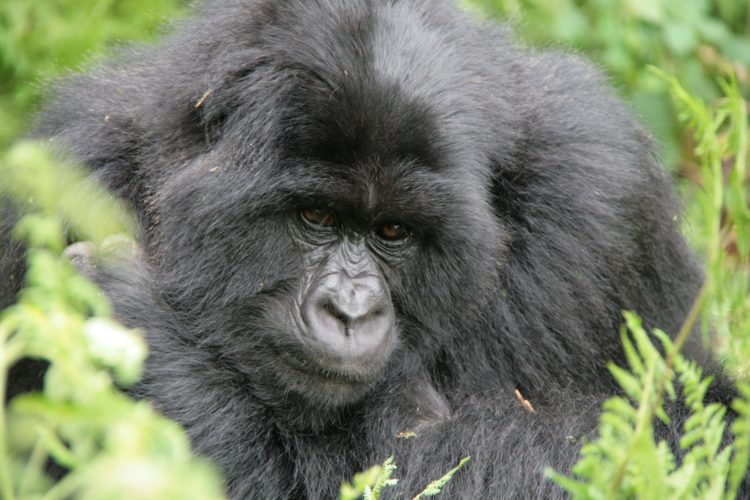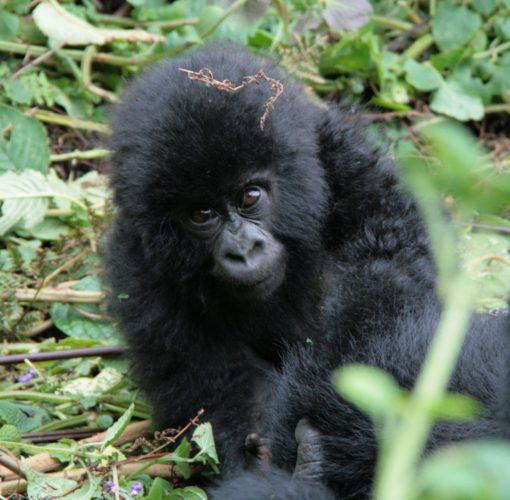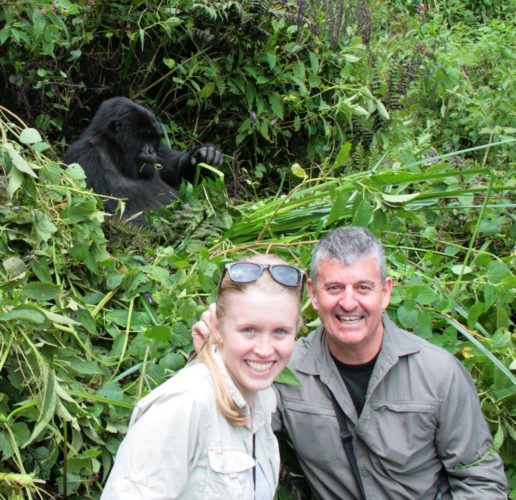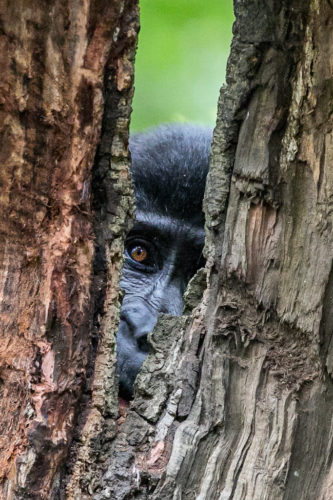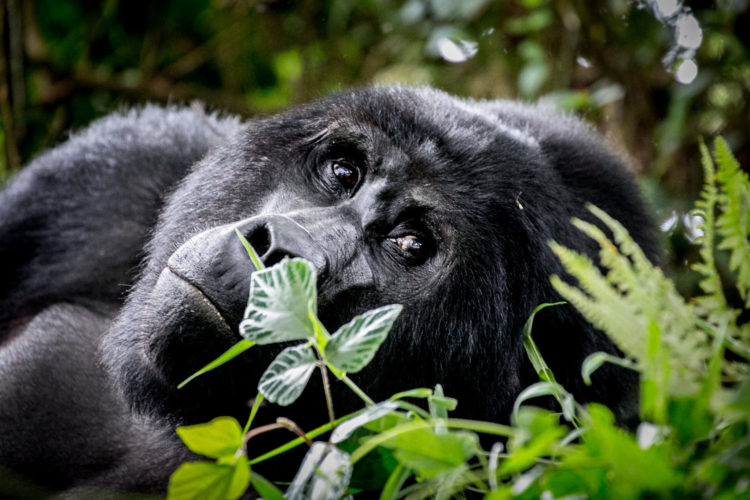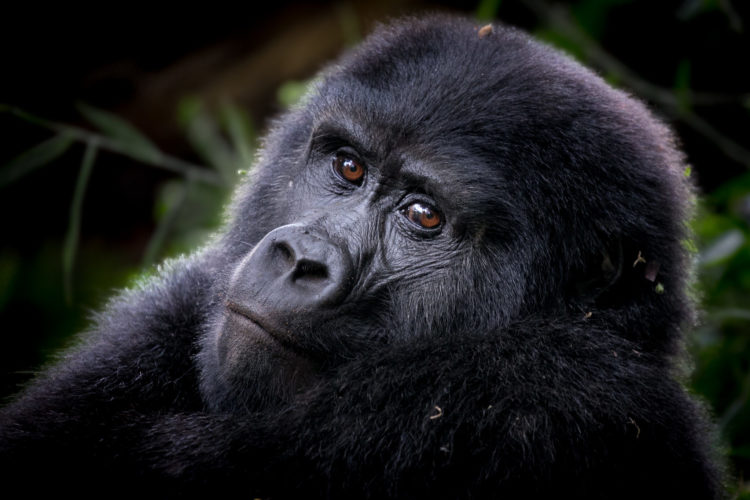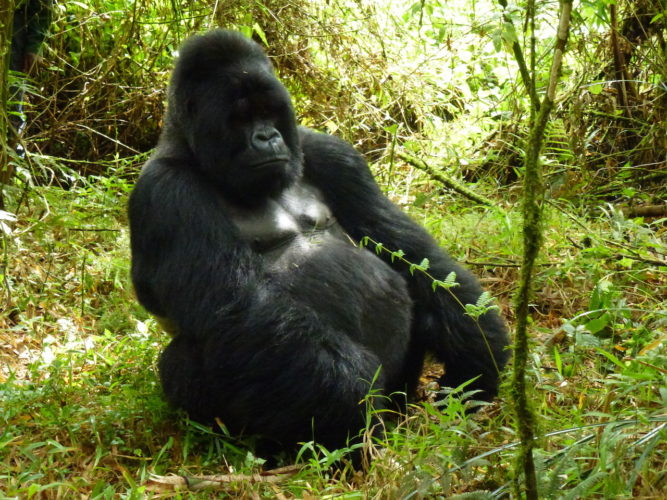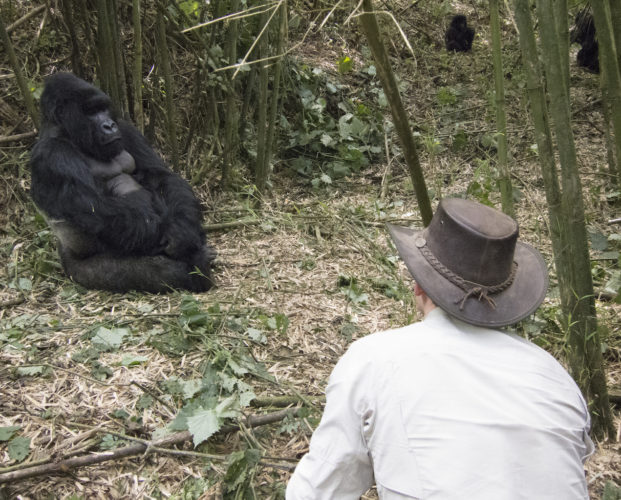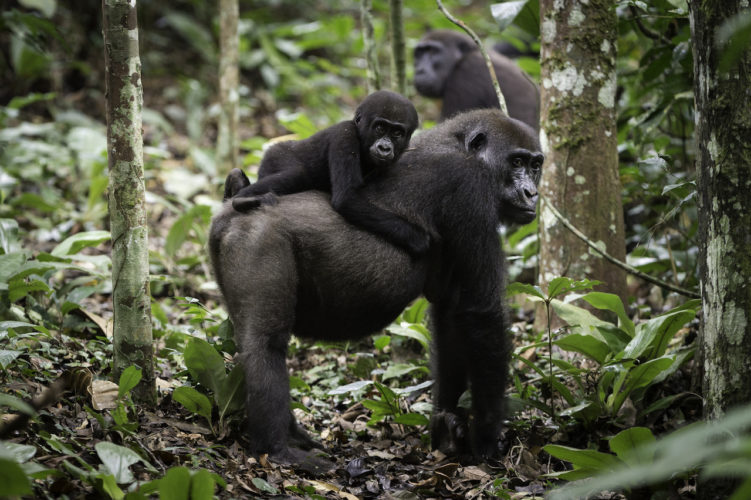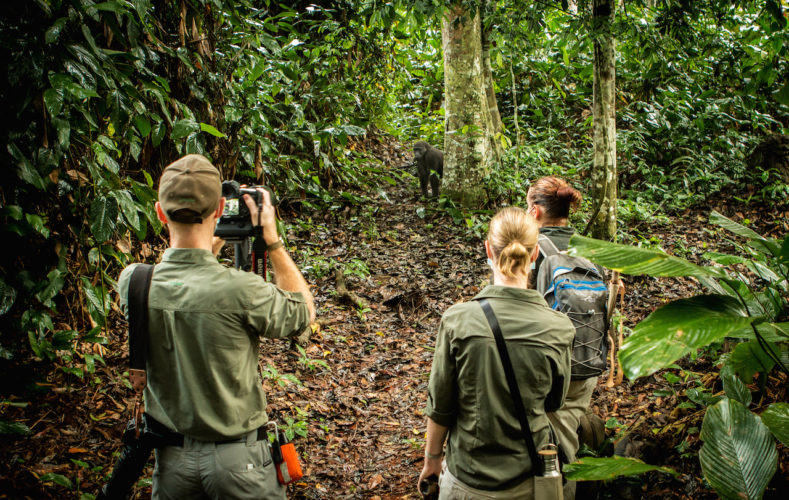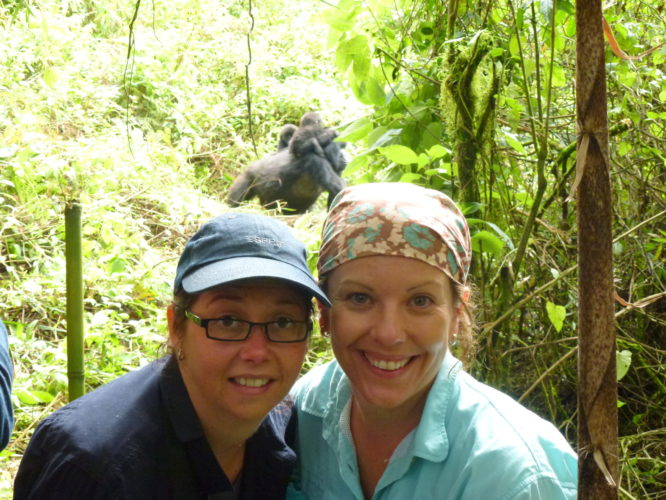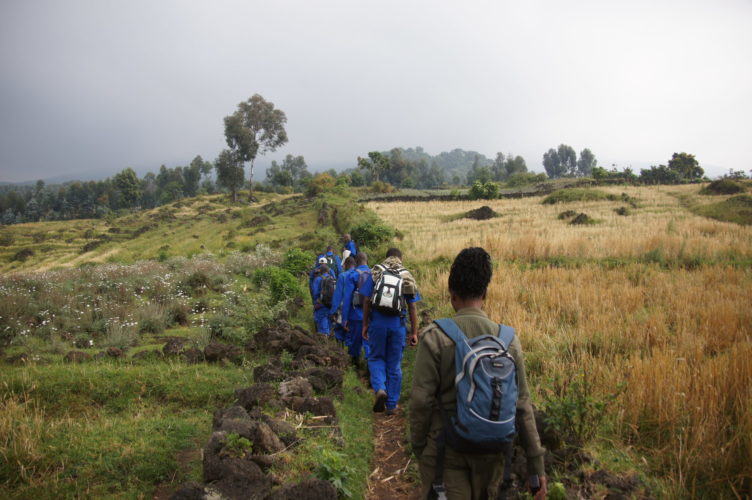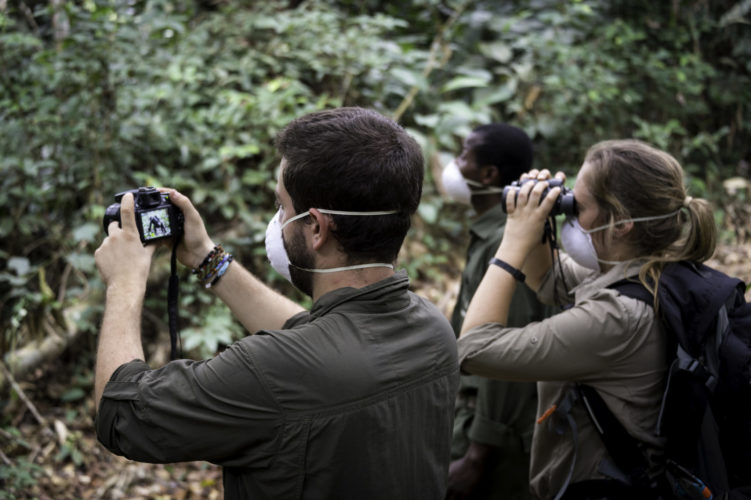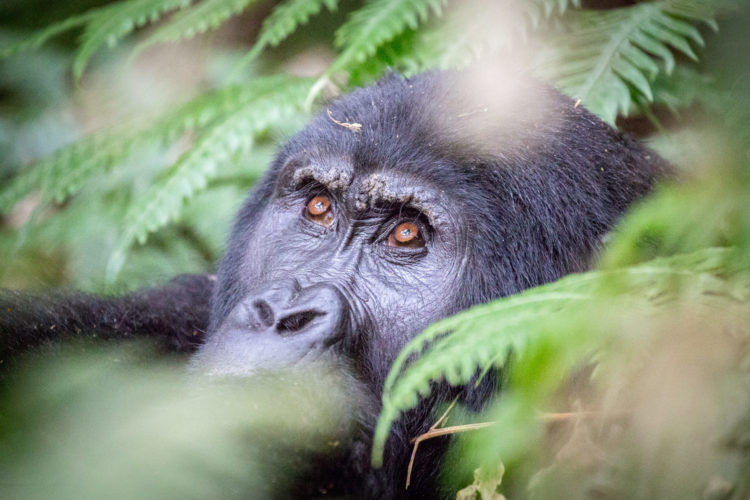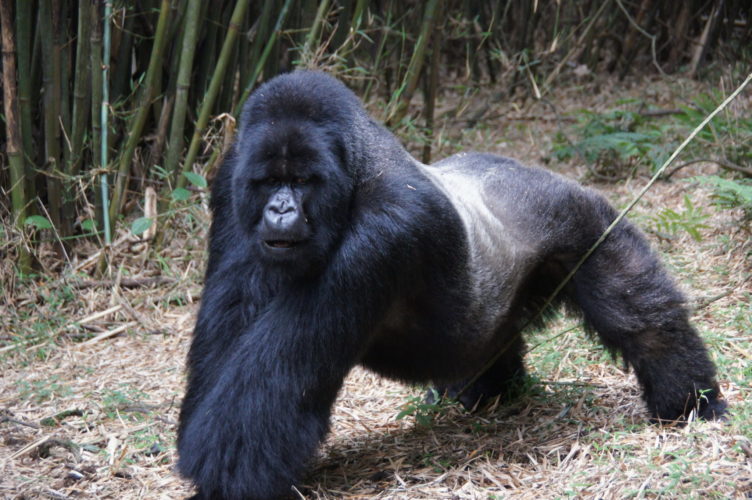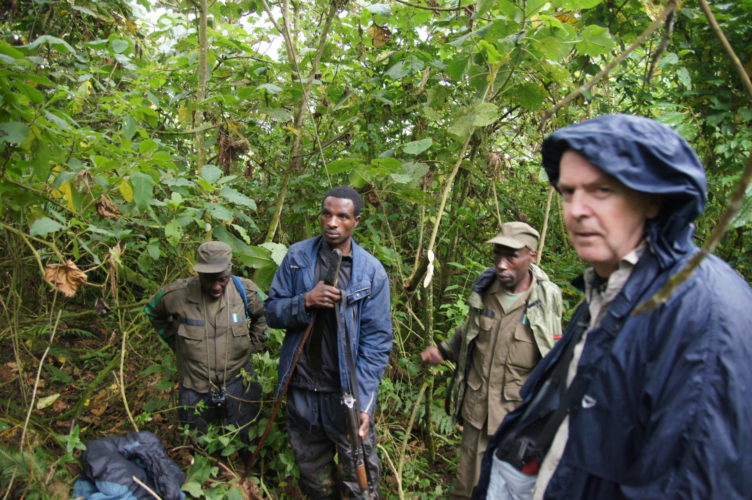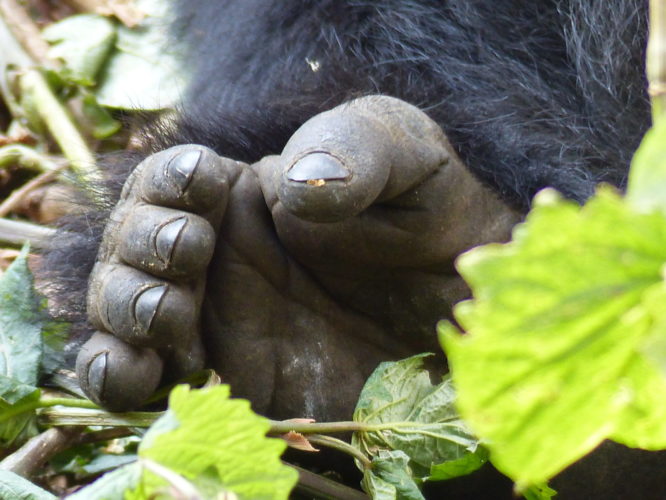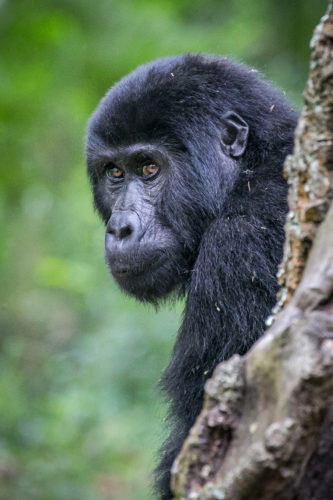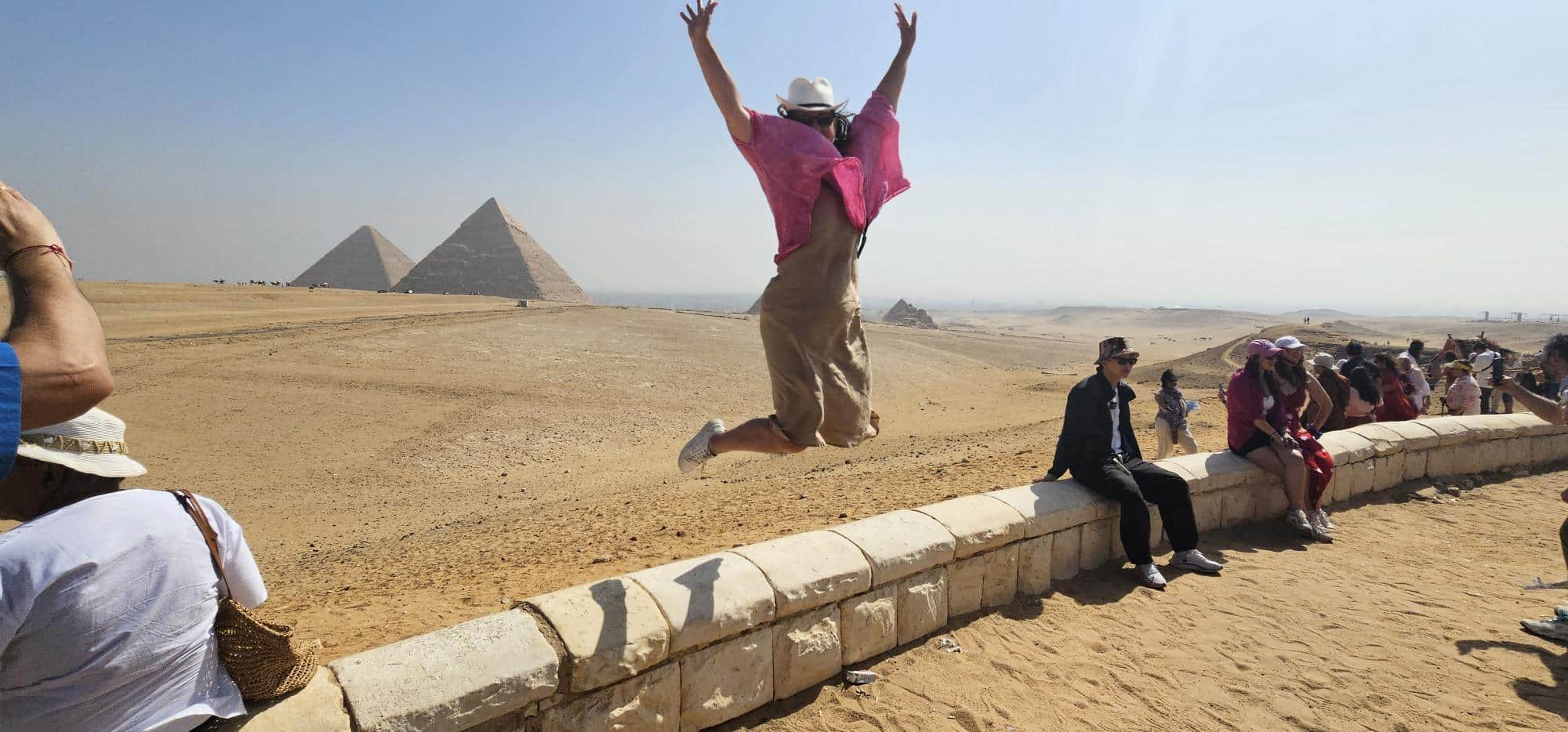Gorilla Trekking Uganda, Rwanda, and the Republic of Congo
The Very Best Gorilla Trekking Holidays on Earth
We put together an article for The Safarian in September 2017. It is a fantastic luxury travel magazine shining the spotlight on Africa’s safaris, holidays and experiences. We wanted to share some of our insights here incase you don’t subscribe to The Safarian.
Gorilla Trekking in Uganda or indeed Rwanda and even the Congo is fast becoming a fantastic alternative to the traditional African safari experience. Why do we believe this?
Well it’s simple really. You have the unique opportunity of getting up close to what many believe are a species who share a common ancestors with ourselves… the critically endangered Mountain Gorillas of Africa. It will certainly leave a life long impression on you.
Lessons on mountain gorilla trekking
So let us tell you more about the Gorillas. They are a primate species and primarily ground dwelling compared to their cousins the Chimpanzees who prefer trees. Gorillas inhabit forests around central Africa and there are mountain gorillas (actually western gorillas) in Uganda and Rwanda (through the Albertine Rift montane cloud forests of the Virunga Volcanoes and they can be as high as 4,300 metres) and then the lowland or Eastern Gorillas that you see at Odzala in the Congo. Their habitat is dense forest, lowland swamps and marshes as low as sea level. Both are listed as critically endangered. The reason people say they are our ancestors is because their DNA is highly similar to ours, up to 99%. So they are the next closest relatives to us after the chimpanzees and also the bonobos. More on those in another blog perhaps!
Gorilla trekking or gorilla tracking?
You will see people listing it as Gorilla Trekking and Tracking. Both are correct because you trek to get to the gorillas and you are all the time tracking for them. You personally not unless you are a guide! The guides and trackers will do that for you so your attention can remain on getting through the rainforest unscathed. You will come home with a few minor scratches and mud on your feet and face if you fall over!
Should you gorilla trek twice?
Is that a rhetorical question? Yet it’s one we are asked often and if money is not an issue then overwhelmingly YES. The second trek allows you to put the camera down a little bit more than the first trek and really just sit and absorb the experience, feel the emotion and feel immersed in the atmosphere of the landscape and the gorillas’ home. You also can ask to see a different gorilla family and head to another area within the park or even cross the border and track in another country- anything is possible with tailor-made travel to Africa. And you can be guaranteed that no two gorilla treks are the same – ever because there are so many variables… it’s life.
What to expect on a gorilla tracking safari?
Regardless of what country you visit for your gorilla safari, the experience in terms of logistics is relatively similar. Early wake up, breakfast and make sure you pack your day backpack (we provide packing list when you book) before meeting your guide and heading off to the head quarters. Here, you meet others joining you on the trek into the forest or mountains and a briefing takes place. Listen carefully as there are many important rules to follow. These rules are in place to ensure your safety and that of the gorillas so please do respect them accordingly.
You then head off walking calmly through the thick vegetation with guides leading the way. Gardening gloves come in handy to protect your hands from thorns and those fury vines. As you trudge and navigate your way along the trails your guide and indeed porter (highly recommended) can assist should you stumble or fall. When you approach the gorillas, the guide will ask you to hand your bag to the porter team so you get close with just your camera.
Your time with them begins and it is nothing short of breathtaking as you try to identify how big the gorilla troop is, spot the alpha male known as the Silverback, the females and whether they have babies and young ones. All the while the guide will be assisting you to find a good location that’s a safe distance away and ideal for taking photos and being comfortable. You will move around a little as the gorillas often (especially the young ones) approach and want to interact. The silverback often beats his chest purely for dominance and justification of his role in the troop. You will witness the troop feeding on bamboo, grooming each other, playing and often resting in quickly assembled nests. Look at their faces and see the familiar expressions, the look for the differences between us and them like knuckle walking.
The hour passes all too quickly and it’s time to glance again at your gorilla troop, acknowledge their presence, feel blessed for the experience and rather privileged before heading back to the porters and continuing down the mountain.
Gorilla trekking Uganda
There are two national parks in Uganda that you can visit to track the gorillas. Longer treks can mean you see more of the rainforest and the national park whilst on foot. So a better level of fitness is required than if you trek in Rwanda. The terrain here is steep and vegetation thick. I think that’s why Jonathon enjoyed it so much because even before you arrive at the gorillas’ location you have had an adventure. The other beauty about gorilla trekking in Uganda is what else is on offer. Chimpanzee tracking, game drives to see more of Africa’s wildlife, excellent accommodation and off the beaten track safari holiday experiences.
Gorilla trekking Rwanda
Rwanda safari holidays are all about the gorilla trekking. It’s easy to get around and from Kigali, the city you fly into it’s just a few hours drive away. So many people like gorilla safaris in Rwanda because it only requires 2 or 3 nights. The gorilla permits here are more expensive, a tidy US$1,500 per permit for 1 visit of 1 hour in total duration with the gorillas. That is the duration in Uganda too and it’s for the health of the gorillas as they are very prone to human diseases. When it comes to the actual national park area, the terrain is less steep and dense so it’s easier going. The gorillas tend to be closer to the bottom of the mountain for somer Eason so treks are shorter too. This is ideal if you’re not super fit. Many say Rwanda has better (slightly clearer) conditions for photography too, although that’s debatable. You can combine gorilla tracking with golden monkey tracking and visit Lake Kivu for some down time. The backdrops of the Virunga Volcanoes never fails to impress us and our guests. So we love recommending you combine Gorilla tracking with a Kenya Safari or even a Tanzania Safari. If you want down time throw in a Zanzibar finale for some spice island paradise before heading home.
Republic of Congo gorilla tracking
This is a very special experience for those who are adventurous travellers and happy to go off the tourist trail. It gives visitors the chance to track lowland gorillas and wild chimpanzees. If you are lucky you can even spot forest elephants and sitatunga. This is certainly a wild safari holiday and you go on a 7 night itinerary due to the regularity (or lack of) of flights. The downside is the lowland gorillas are often on the move whereas mountain gorillas like to rest in the day as a family and just play around. So the treks can be long and through dense vegetation. Keep in mind you do so much here – head out on canoes (pirogue), boating, walks, meet the Ba-Aka tribe and learn their customs and hunting techniques. There are other primates in the forests here like the unusual galagos and pottos.
Democratic Republic of Congo (DRC)
This country is home to the headquarters of the Virunga Mountains National Park and some of the very best gorilla trekking in Africa. Jonathon experienced this first hand in October 2017 and came back raving. So it’s now on our radar and fast becoming a go to for the safari mavericks looking for that next best adrenalin fuelled adventure. With gorilla trekking, mountain climbing and volcanoes and active lava lakes who wouldn’t love this African expedition?
Let’s Chat